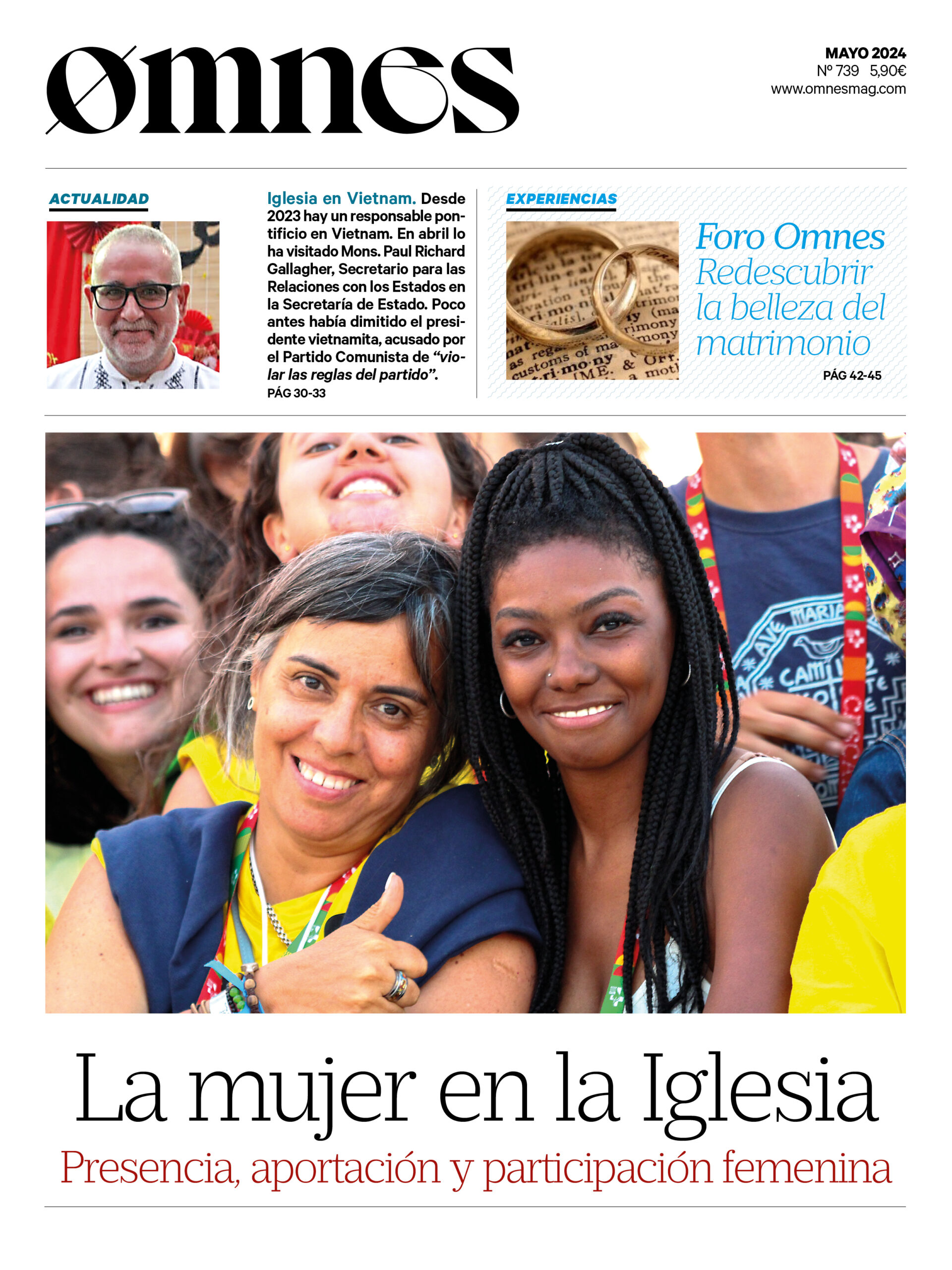It is said of the sensitive man or woman who feels even the imperceptible. The sensitive person is one who develops the capacity to feel. To feel in an active sense (he/she becomes capable of appreciating things) and to feel in a passive sense (he/she is capable of easily feeling what surrounds him/her).
Insensitivity, on the contrary, is the blockage of the senses, which truncates the very flow of the human being towards the exterior. An insensitive person is one who neither appreciates nor allows himself to be stimulated by the multiform richness of the universe that surrounds us.
The senses are the irrefutable proof of the existence of an external world that constantly provokes and stimulates the inner world: the air we breathe, the colors we observe, the murmurs we hear.
The world enables our preservation and enhancement. Through the senses we open ourselves to the world, and we are able to internalize it through images. The senses are embedded in the human corporeality, in such a way that the external organs that represent each of the senses constitute the fundamental opening of the human being to the physical and corporeal world, inert and animate, visible and patent. On the other hand, the invisible is very far from that first experience that characterizes corporeal men.
It is a classic theme in the study of the human being and his cognitive roots, the recourse to the reality of the senses, which inhabit the corporeal confines of the human being: the eyes that see, the ears that hear, the touch that touches, the smell that smells and the taste that tastes. Such senses portray the mystery of the human being. It is not difficult to identify the five senses that adorn the human being (3+2).
Among the senses we can distinguish three main ones to ensure any experience of the other: sight, hearing and touch. The result of this triple sensitive coordinate is precisely the configuration of the image, with its visual figure, its own sound (or not) and its characteristic physical texture. The painter who paints a picture needs these senses to take charge of the exterior landscape or the interior intuition that seduces him.
In addition, there are two curiously complementary senses linked to the nose and mouth: smell and taste, which penetrate us through the olfactory (smell) and the tongue (taste). Now, is it possible to discover any order in this pentagon of sensibility? What does that second level of senses refer to? a posteriori?
From the initial triplet, the basic and shaping character of touch stands out. All the senses, in fact, are activated and wounded by the effect of touch, that is, by contact with the stimulus that penetrates in some way through the organs, to pre-configure perception.
The eyes are dramatically powerfulWe are able to see in greater or lesser detail the panorama of the world around us. Sight allows a marvelous possession of things and territories. I saw it; I was a witness; my eyes do not deceive me. The first truth of the world is given to us through the eyes. Hence blindness is a real drama for the human being who in his innermost being wishes to know and open himself to the truth.
However, among the three senses that we can call primary, the sense of hearing and the human being's capacity to listen stand out. Hearing is the sense of the senses. Listening is linked to man's ability to pronounce words, that is, to man's linguistic power.
The word is pronounced to be heard -not seen-. And precisely the face that we see with its lips in movement and that we hear through the word, transports us to an unknown world of meanings and stories. We are transported to the world of meaning, or rather, to that world that perhaps we have seen, but which is pending meaning. That is why eyes that do not listen can be terrifying, while ears that see are the best rational medicine for learning to look and finding the decisive perspective of meaning. The ear is, then, the organ of sense.
And this is the meaning of the appearance of the two senses that we are missing: smell and taste. The transition from the first fundamental level of the senses to the second derived level takes place through the unprecedented mediation of hearing, capable of listening either to tacit silence or to spoken discourse.
The ear opens us to the -perhaps silent- story, even if it is the simplest in the world. For example, "the sun rises over the horizon every morning to enliven the colors of the world". We have already found a first cosmological sense that takes our hearts! Then, those other two senses place us fully in the estimation (or valuation) of things.
We know that not all things give off a pleasant aroma. Nor that all things are fit to be tasted. But in a deeper sense, everything in the world gives off a smell and has a taste. The sun, for example, neither smells nor tastes. But it possesses an intimate sense, that is, its smell and its taste. The sensitive man is the one who is capable of discovering the inner sense hidden in things. That is why the artist perceives aromas and portrays tastes (and dislikes). What would be the smell and taste of the sun? The sun paints the colors of the world for our eyes and illuminates the dark and gloomy atmosphere of the night. It is the primal sense of light. That light that the Creator separated from the darkness on the first day of the time of the world (Genesis 1,3-4).
I.F.













